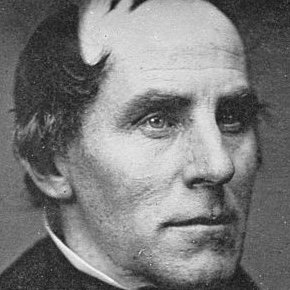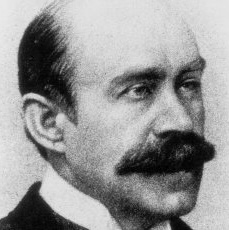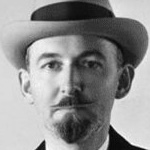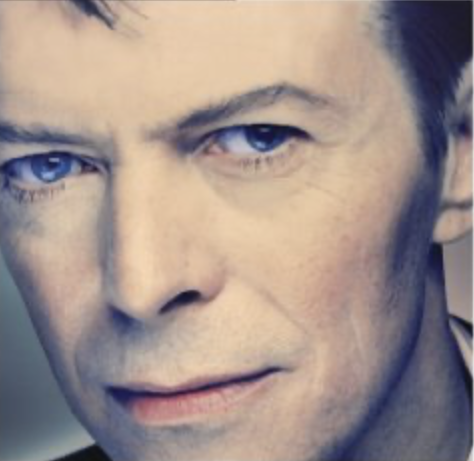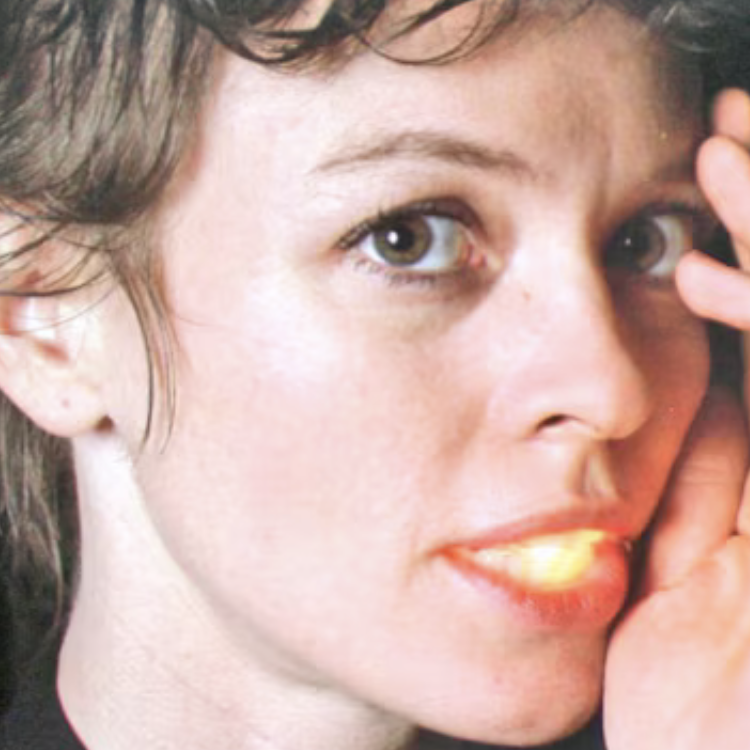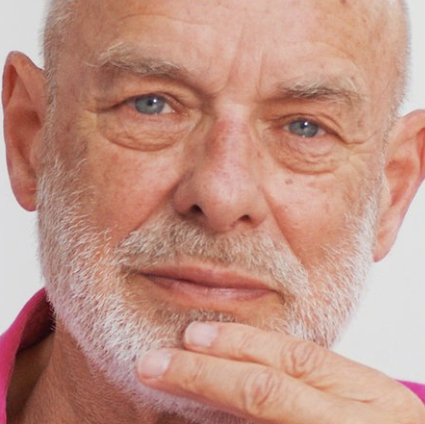Inspiration
Vision






The Imager iPad app
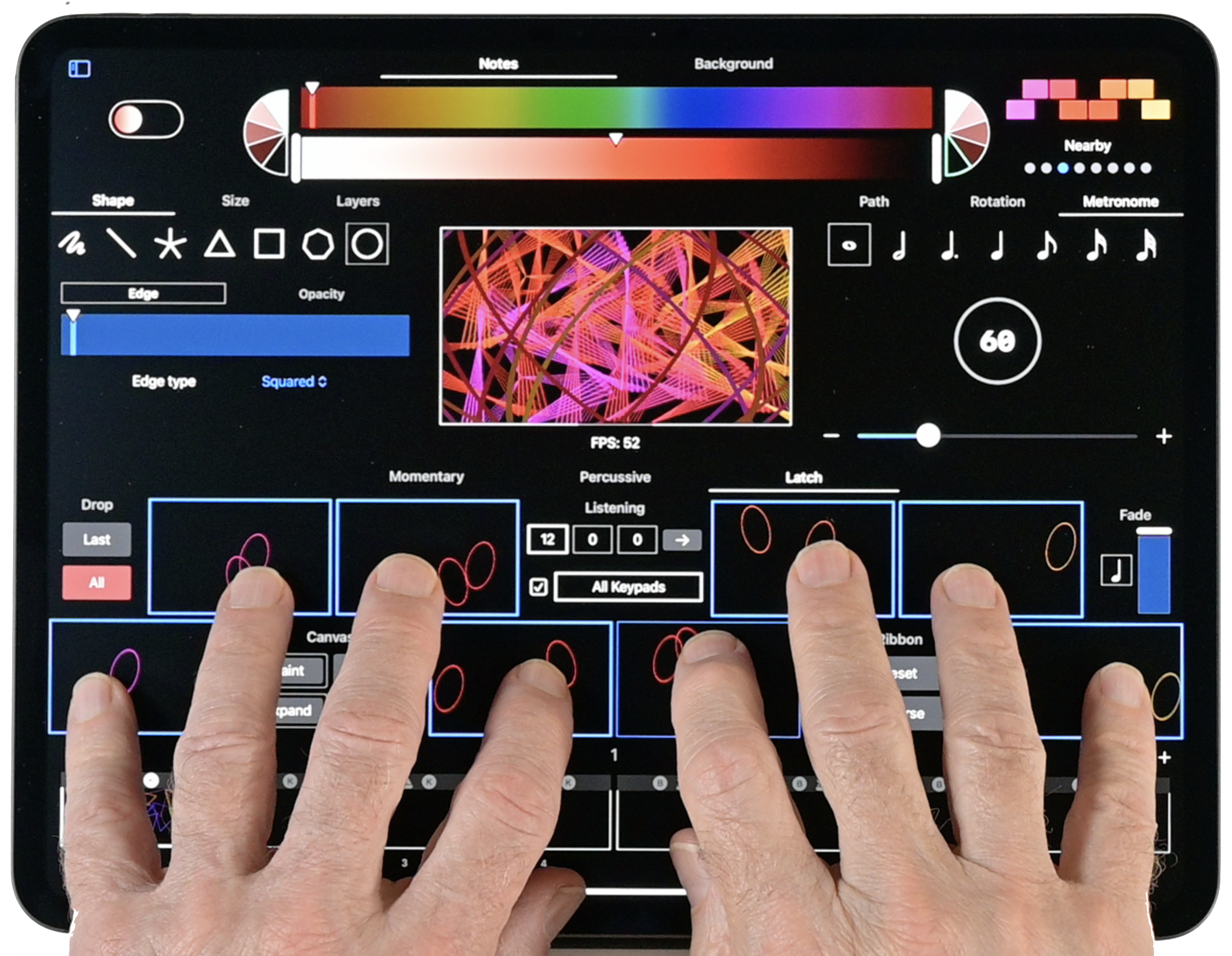
Imager is an instrument for making visual art alongside music.
Distinctive among graphics apps, it is rooted in musical concepts and music synthesizer design.
It’s been designed as a performance-worthy instrument for live and improvisational settings.
It is powered by three centuries of research by inventors, artists, and musicians.
An invitation
We will be sharing a TestFlight release of Imager in the coming weeks. Let us know if you’d like to participate.

